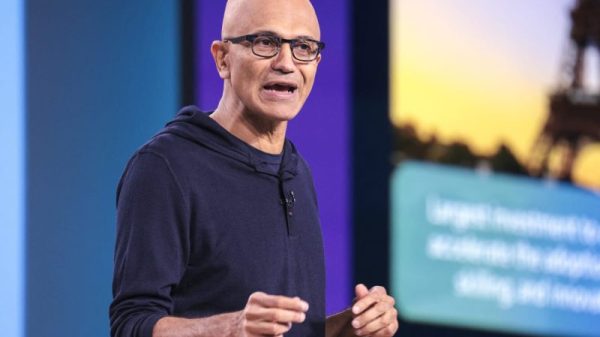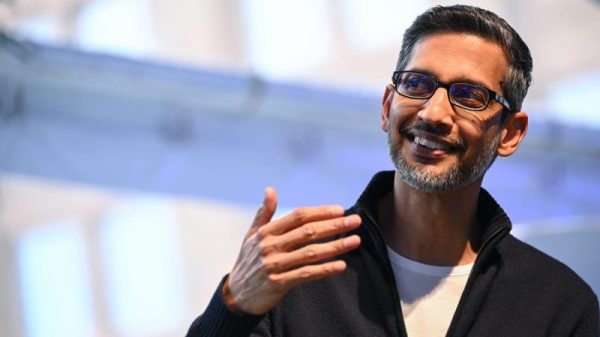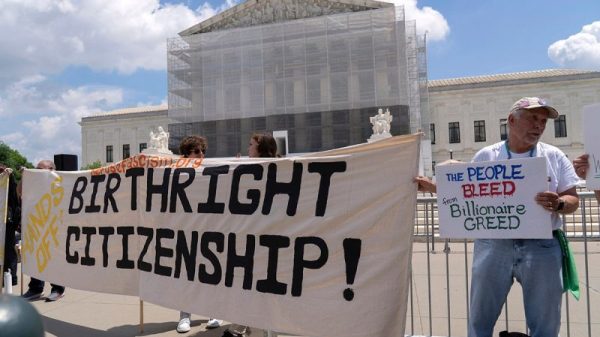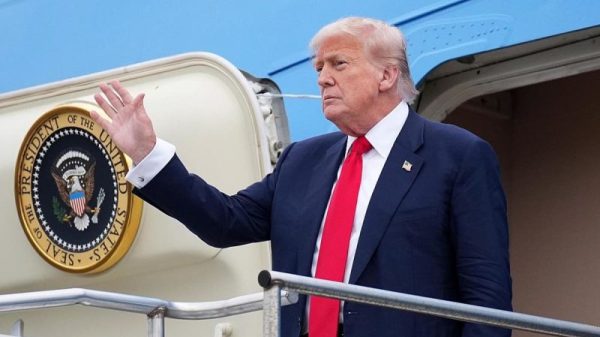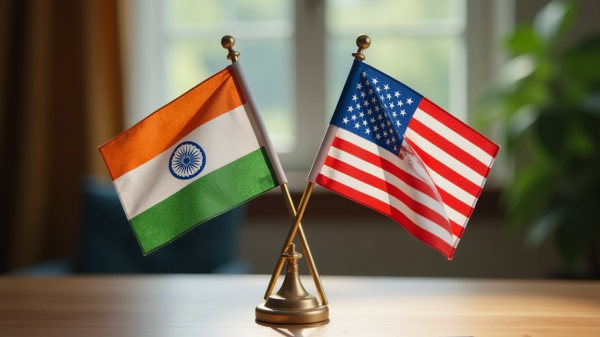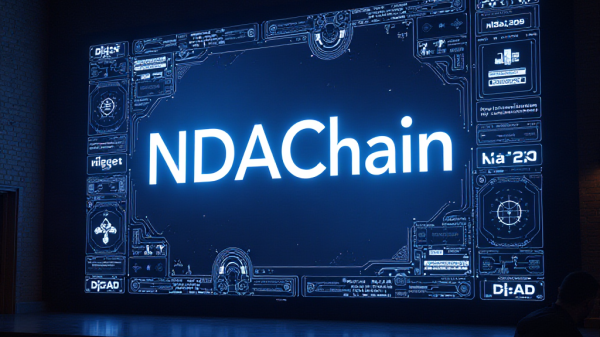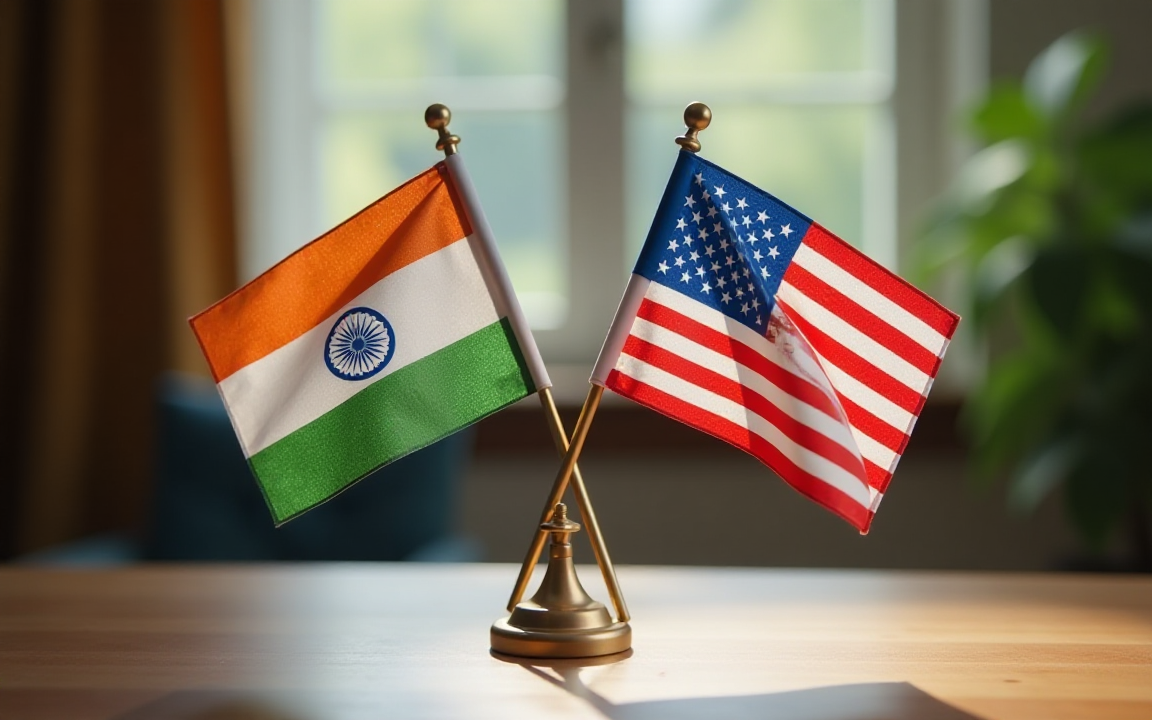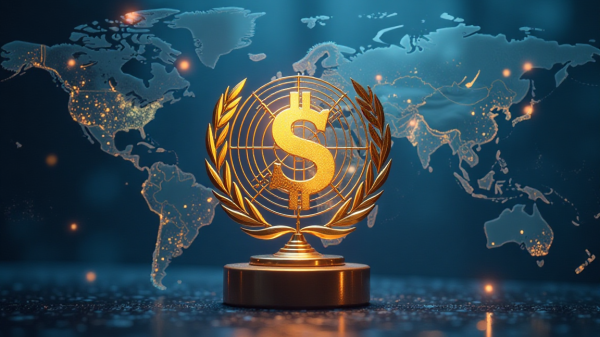With less than a week remaining before the United States decides whether to impose fresh tariffs, India has kept noticeably quiet.
Despite months of talks, no trade deal has been announced, and officials in New Delhi have offered no public updates.
The silence isn’t accidental. For India, holding back may be a strategic decision, avoiding pressure while continuing to negotiate behind closed doors.
The stakes are high, but the government appears to be taking a wait-and-watch approach, weighing its options carefully as the August 1 deadline approaches.
Why India-US trade deal taking so long?
Washington is pressing New Delhi to lower tariffs and open up more of its market, particularly for American farm goods, including dairy and genetically modified crops, as well as industrial products and electric vehicles.
The push fits with President Trump’s broader demand for “fairer” trade terms, with a focus on reciprocity.
India is treading carefully. Officials are unlikely to budge on opening the agricultural and dairy sectors, which are politically sensitive and central to the livelihoods of millions of small farmers.
“That’s a red line,” one senior trade official said bluntly. The concern isn’t just about economics, it’s also about rural politics in an election-heavy calendar.
At the same time, New Delhi wants something in return: the removal of US tariffs on Indian exports like steel, aluminum, and select auto parts.
These duties, first imposed during earlier trade tensions, remain a sticking point. Indian negotiators see them as both unfair and out of step with the broader push for a more balanced relationship.
Why is India playing it cool?
India understands that for Washington, reducing reliance on Chinese manufacturing remains a top priority, especially in the wake of the new US-China trade agreement, which lowers tariffs and could once again boost China’s edge in global exports.
That shift has added urgency to the search for alternative partners. India, with its vast consumer base, democratic system, and expanding industrial footprint, is an increasingly attractive option.
The US sees real potential in moving supply chains toward India, not just to diversify manufacturing, but also to strengthen high-tech and strategic cooperation in the broader Indo-Pacific region.
The underlying goal: to build resilience and check China’s influence without escalating confrontation.
India, for its part, has made clear it wants to be part of that shift. Major global firms, including Apple, have already begun expanding production in India.
But there’s still a sense of uncertainty. The US-China tariff deal threatens to erode some of the short-term trade advantages India enjoyed.
Even so, India remains a critical piece in Washington’s effort to rewire global trade routes, especially in advanced manufacturing and emerging tech.
What’s next?
Trade talks between India and the United States are expected to resume in August, when a US delegation arrives in New Delhi.
Indian officials, including Commerce Minister Piyush Goyal, have played down the urgency of a sweeping deal, indicating a preference for smaller, sector-specific agreements rather than a broad, all-inclusive framework.
US negotiators are aware that leaning too hard on India could create political tension at a time when Washington is trying to deepen strategic ties in the Indo-Pacific.
That awareness has tempered some of the rhetoric.
But while officials on both sides have signaled a willingness to keep talking, the core issues, particularly agricultural access and tariff relief, haven’t moved much.
Progress, if it comes, is likely to be slow.
The post India plays it cool as US trade deal hangs in balance: what’s the strategy behind silence? appeared first on Invezz







